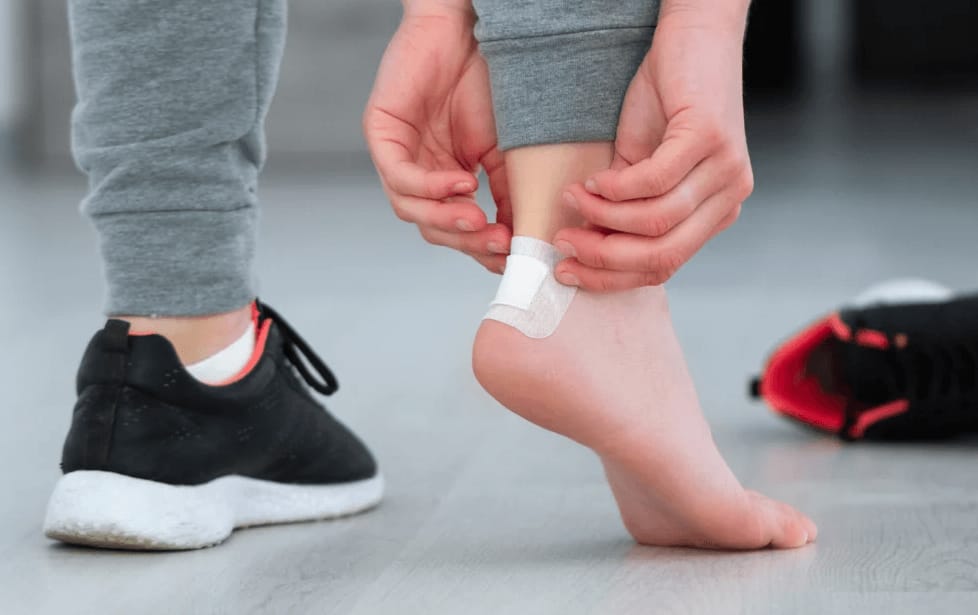- Thriving Guide
- Posts
- Common Causes of Blisters on Your Feet
Common Causes of Blisters on Your Feet
From ill-fitting shoes to underlying health conditions, here’s why foot blisters happen and how to prevent them.

Blisters on the feet are a common nuisance, often caused by friction from shoes or prolonged activity. While many blisters heal on their own, persistent or recurring blisters can signal other underlying issues from skin conditions to infections. Understanding the cause can help you treat and prevent them effectively.
1. Footwear and Friction
Shoes that are too tight, too loose, or new can rub against your feet, causing friction that leads to blisters.
Repetitive rubbing: The constant motion of your foot inside a shoe can damage the upper skin layers.
Moisture: Sweat worsens friction, making blisters more likely.
Tip: Wear moisture-wicking socks to minimize skin-to-shoe friction and reduce risk.
2. Increased Activity
People who walk or run frequently are at higher risk of blisters, especially if they’re using shoes that aren’t well-fitted or if they’ve recently increased mileage or workout intensity.
3. Allergic Reactions and Skin Conditions
Certain skin conditions or allergic reactions can cause blistering on the feet.
Common culprits: Allergic contact dermatitis, poison ivy, or untreated trench foot.
Chronic conditions: Eczema, bullous diabeticorum (linked to diabetes), and autoimmune diseases such as lupus or epidermolysis bullosa can cause recurring blisters.
See a healthcare provider if blisters appear alongside symptoms like joint pain, fatigue, or skin rashes, which may suggest an autoimmune condition.
4. Insect Bites
Mosquitoes, ants, or other insect bites can trigger skin irritation and blistering. Although less common than itching or redness, blisters can form if your skin reacts strongly to the bite.
5. Burns
Second-degree burns whether from sun exposure or hot liquids can cause painful blisters as both outer and inner layers of skin are affected. Foot burns often require medical evaluation because of the added pressure from walking.
6. Infections
Certain infections can produce foot blisters, such as:
Viral: Chickenpox, shingles, hand-foot-mouth disease.
Bacterial: Impetigo.
Fungal: Athlete’s foot or ringworm.
Warning signs of infection include swelling, discoloration, pus, heat around the area, or general malaise.
How to Care for a Foot Blister
Most blisters heal naturally within a few days. To speed up recovery:
Do not pop the blister let it heal naturally.
Wash gently with soap and water, keeping the area clean and dry.
Use moleskin or padding to reduce pressure.
Cover any open blister with a sterile bandage.
Monitor for signs of infection.
When to See a Healthcare Provider
If blisters appear without obvious cause, persist, or show signs of infection, consult a healthcare provider. Blisters accompanied by fever, rash, or pain require prompt attention.
Key Takeaways
Blisters are most commonly caused by friction, especially when moisture is involved. However, burns, insect bites, infections, and underlying skin conditions can also play a role. Identifying and addressing the root cause can prevent future irritation and help you heal faster.
Share this article or subscribe to our newsletter for more health tips.